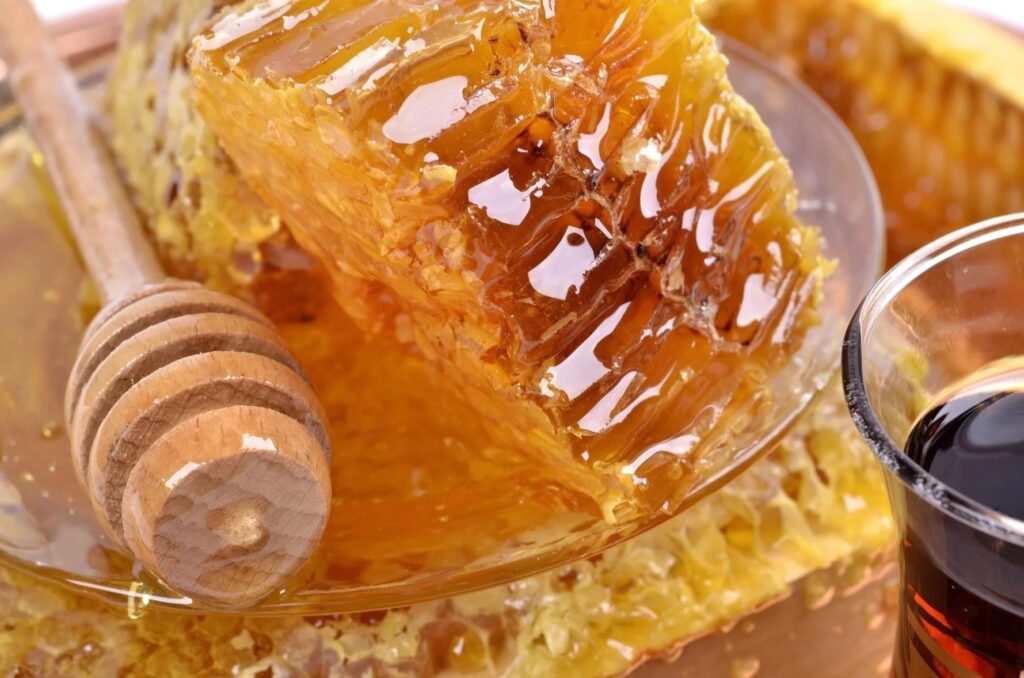Honey has long been cherished not only for its natural sweetness but also for its numerous health benefits and versatility in cooking, skincare, and home remedies. As demand grows, many individuals and businesses alike are looking to buy honey in bulk — whether for personal consumption, resale, or manufacturing. If you’re considering buying honey in bulk larger quantities, this comprehensive guide will walk you through everything you need to know to make an informed and cost-effective purchase.
Why Buy Honey in Bulk?
Before diving into the “how,” it’s helpful to understand the “why.” Purchasing honey in bulk offers several advantages:
- Cost Savings: Buying in bulk typically reduces the price per pound or liter.
- Long Shelf Life: Pure honey doesn’t spoil if stored correctly.
- Sustainable Practices: Bulk purchases often mean less packaging, which is better for the environment.
- Business Efficiency: For bakeries, restaurants, or retailers, bulk buying ensures consistent supply and pricing.
Step 1: Determine Your Needs
Start by clearly defining your purpose:
- Personal Use: Are you a home cook or prepper looking to stock up?
- Retail Resale: Are you bottling and selling honey under your own brand?
- Commercial Use: Are you using honey as an ingredient in other products?
Knowing your intended use helps determine the type, grade, and packaging of honey you’ll need.
Step 2: Choose the Right Type of Honey
There are dozens of honey varieties, each with a unique flavor, color, and floral source. Here are the most popular types:
- Raw Honey: Unprocessed and unpasteurized, raw honey retains natural enzymes and nutrients.
- Organic Honey: Sourced from bees that pollinate pesticide-free flowers; certified organic by specific standards.
- Monofloral Honey: Made predominantly from one type of flower (e.g., clover, manuka, or acacia).
- Multifloral (Wildflower) Honey: Collected from various flower sources, offering a complex flavor.
If flavor, purity, or medicinal value is important, opt for raw or monofloral honey. For commercial use, multifloral or blended honeys may be more cost-effective.
Step 3: Find a Reputable Supplier
Not all honey suppliers are equal. Look for:
- Certifications: Ensure the supplier meets quality standards such as USDA Organic, Non-GMO, or True Source Honey certification.
- Transparency: Reputable suppliers will provide detailed information about sourcing, testing, and processing methods.
- Customer Reviews: Look for consistent positive feedback, especially from businesses with similar needs.
- Sample Availability: Request samples before committing to a large order to assess quality.
Suppliers can range from local beekeepers and regional co-ops to large international exporters. If you value traceability and supporting local economies, start with nearby producers.
Step 4: Consider Packaging and Storage
Bulk honey typically comes in the following formats:
- Plastic or Glass Jars (1–5 lbs): Convenient for small-scale resellers or personal use.
- Pails (5–60 lbs): Common for bakeries, restaurants, or food manufacturers.
- Drums (60 lbs to 600 lbs): Best for large-scale commercial operations.
Honey should be stored in a cool, dry place away from direct sunlight. Although it doesn’t spoil, improper storage can cause fermentation or crystallization. Use airtight containers and avoid moisture contamination.
Step 5: Understand Pricing and Shipping
Honey prices vary based on several factors:
- Type and Quality: Raw and organic honeys are more expensive than processed or blended varieties.
- Geographic Source: Local honey may cost more due to artisanal production, while imported honey can offer lower bulk rates.
- Seasonality: Honey availability can fluctuate seasonally, affecting prices.
Be sure to factor in shipping costs, especially for large orders. Honey is heavy, so freight charges can significantly impact your total cost.
Step 6: Verify Purity and Authenticity
Adulteration is a growing problem in the global bulk raw honey market. Protect your investment by:
- Requesting Lab Tests: Ask for lab results verifying purity and the absence of additives.
- Avoiding Ultra-Cheap Offers: If a deal seems too good to be true, it likely involves diluted or counterfeit honey.
- Checking Traceability: Ensure your supplier can trace honey back to the source apiaries.
Step 7: Build Long-Term Relationships
If you’re purchasing regularly, build a relationship with your supplier. Loyal buyers often receive better pricing, early access to premium batches, and priority shipping. Establishing trust also ensures consistent quality over time.
Final Thoughts
Buying honey in bulk can be a smart and rewarding move—whether you’re a health enthusiast, a small business owner, or a large-scale manufacturer. By understanding your needs, selecting a reputable supplier, and being informed about types, storage, and authenticity, you can make a purchase that’s both economical and high-quality. Always prioritize transparency and traceability to ensure you’re getting real, pure honey — not a cheap substitute.
